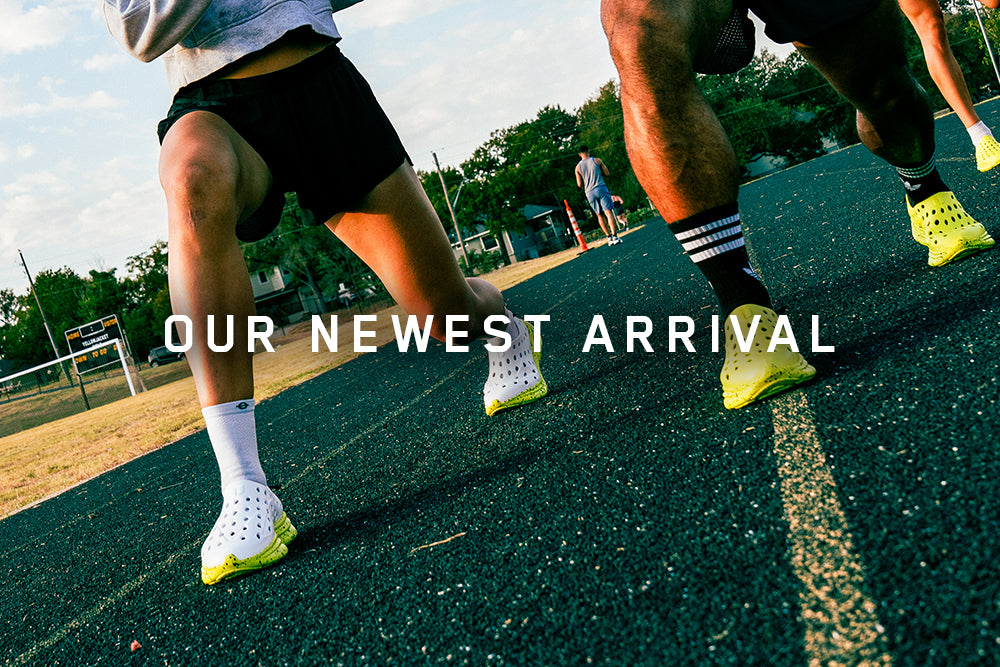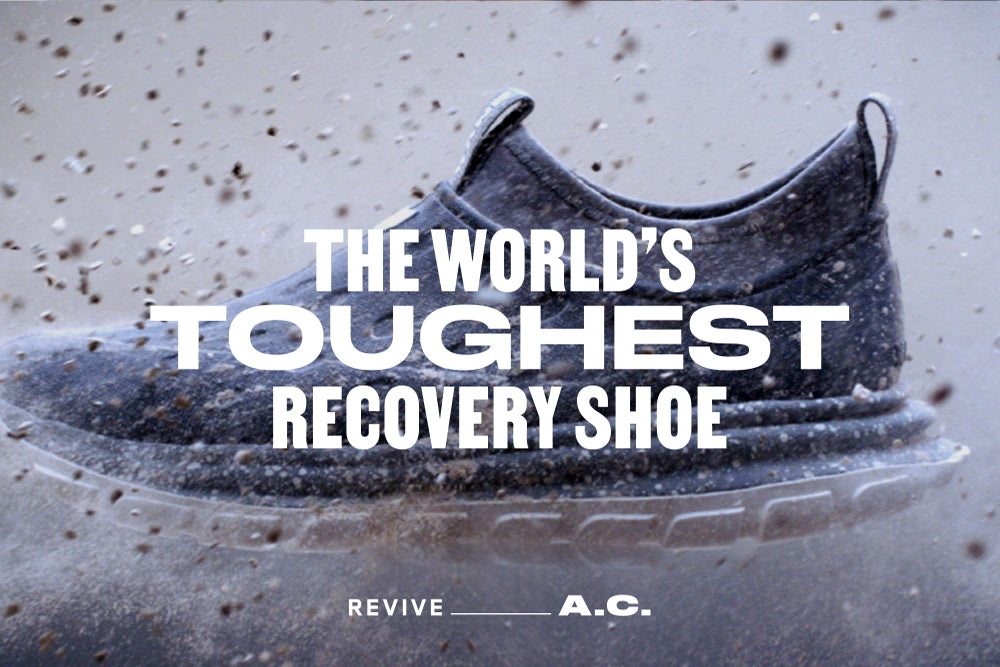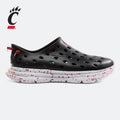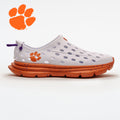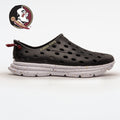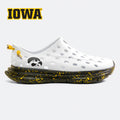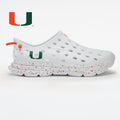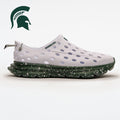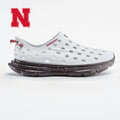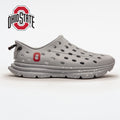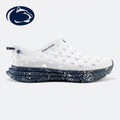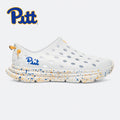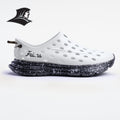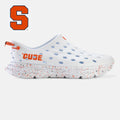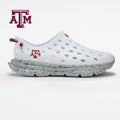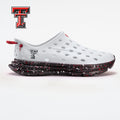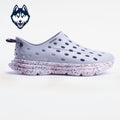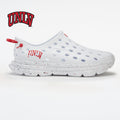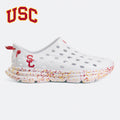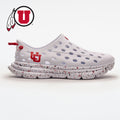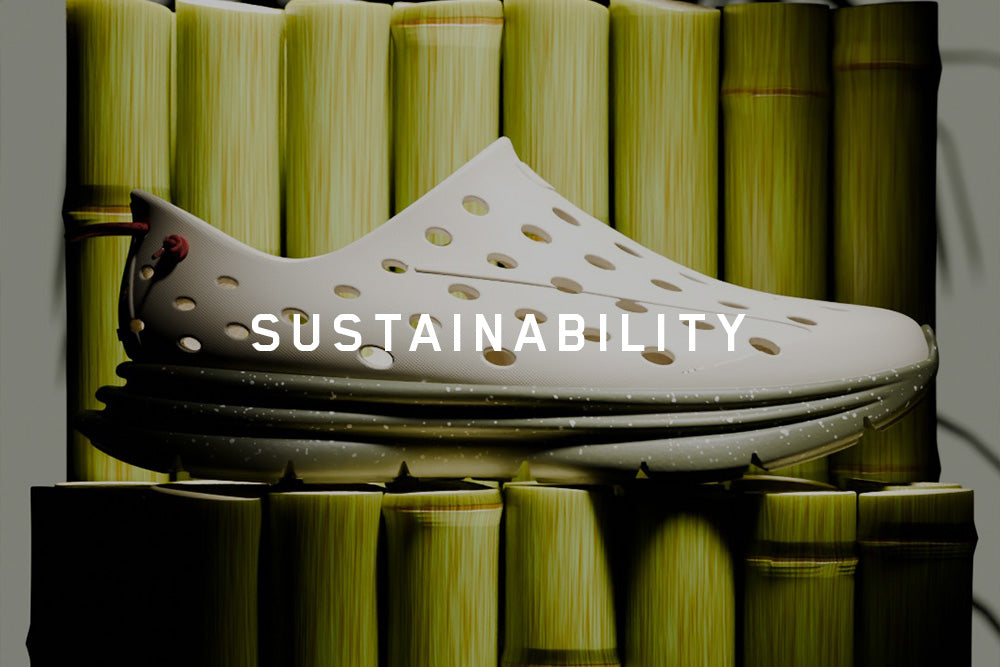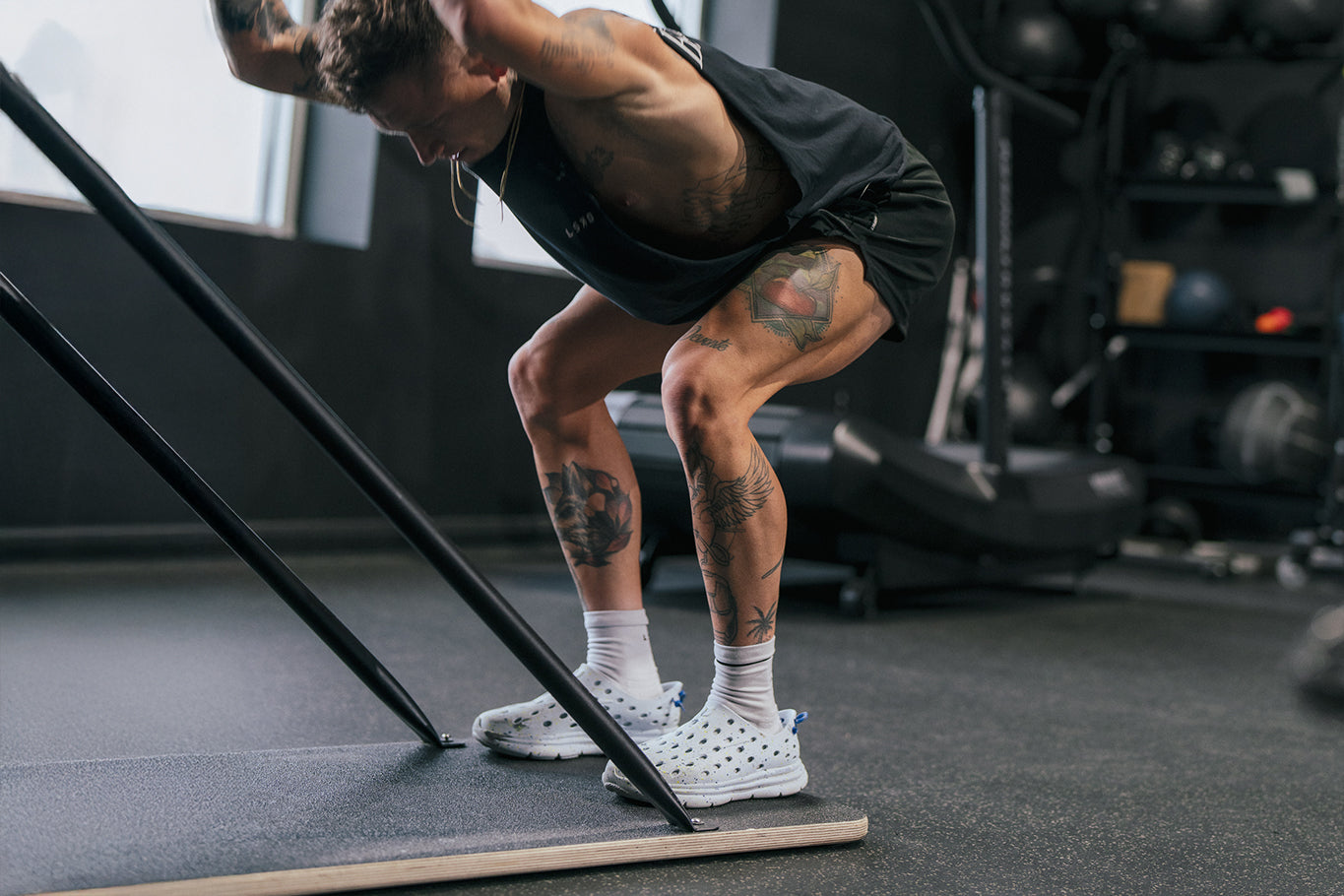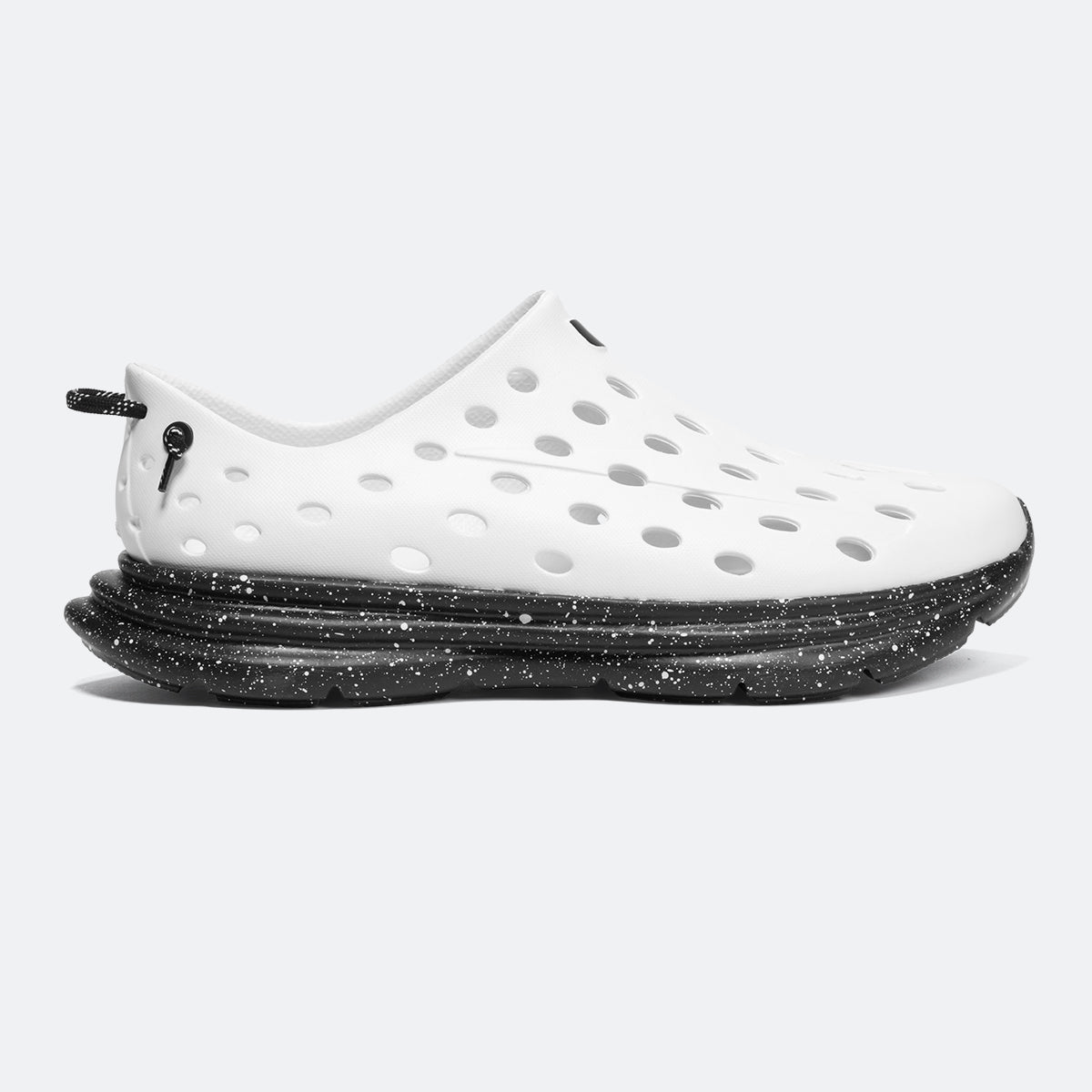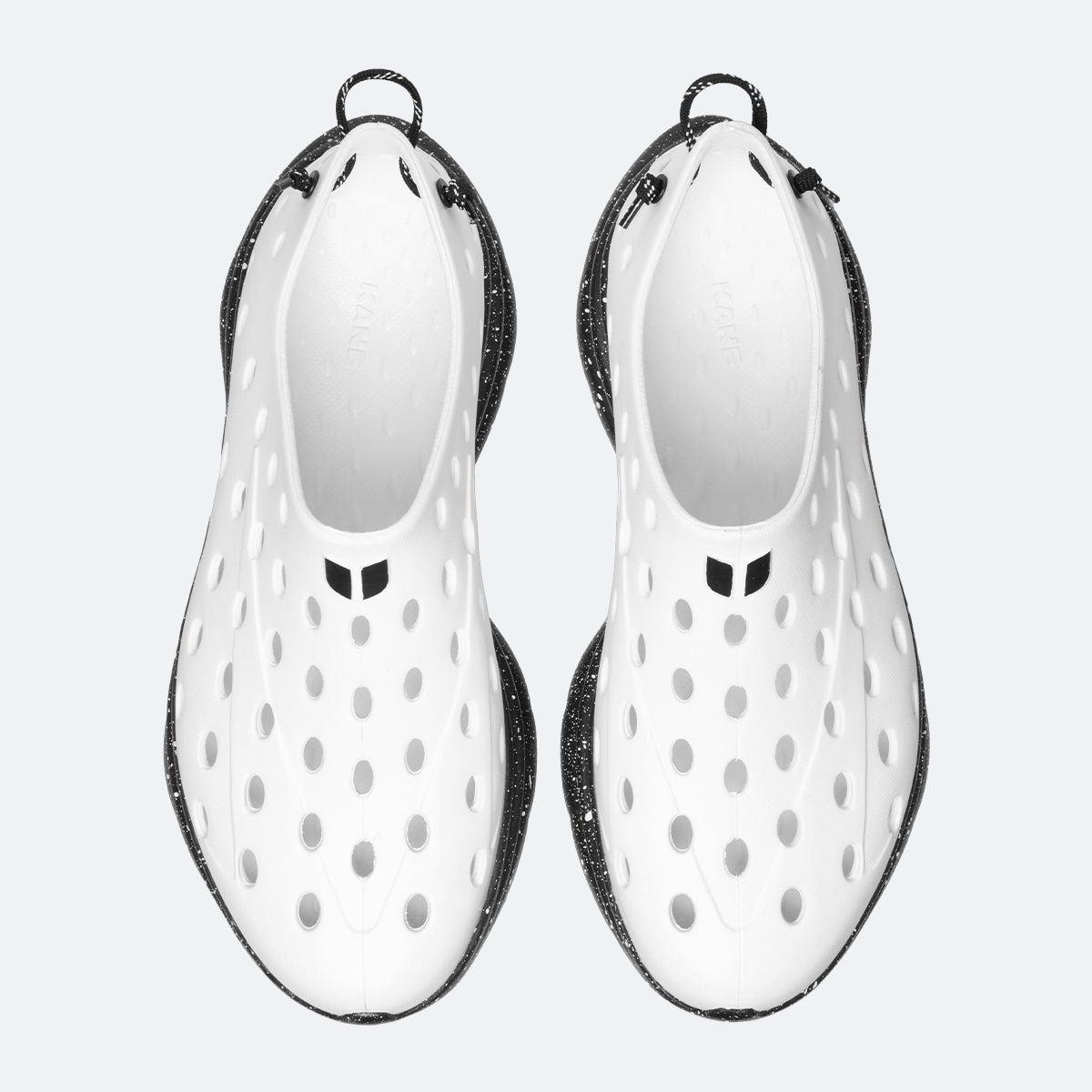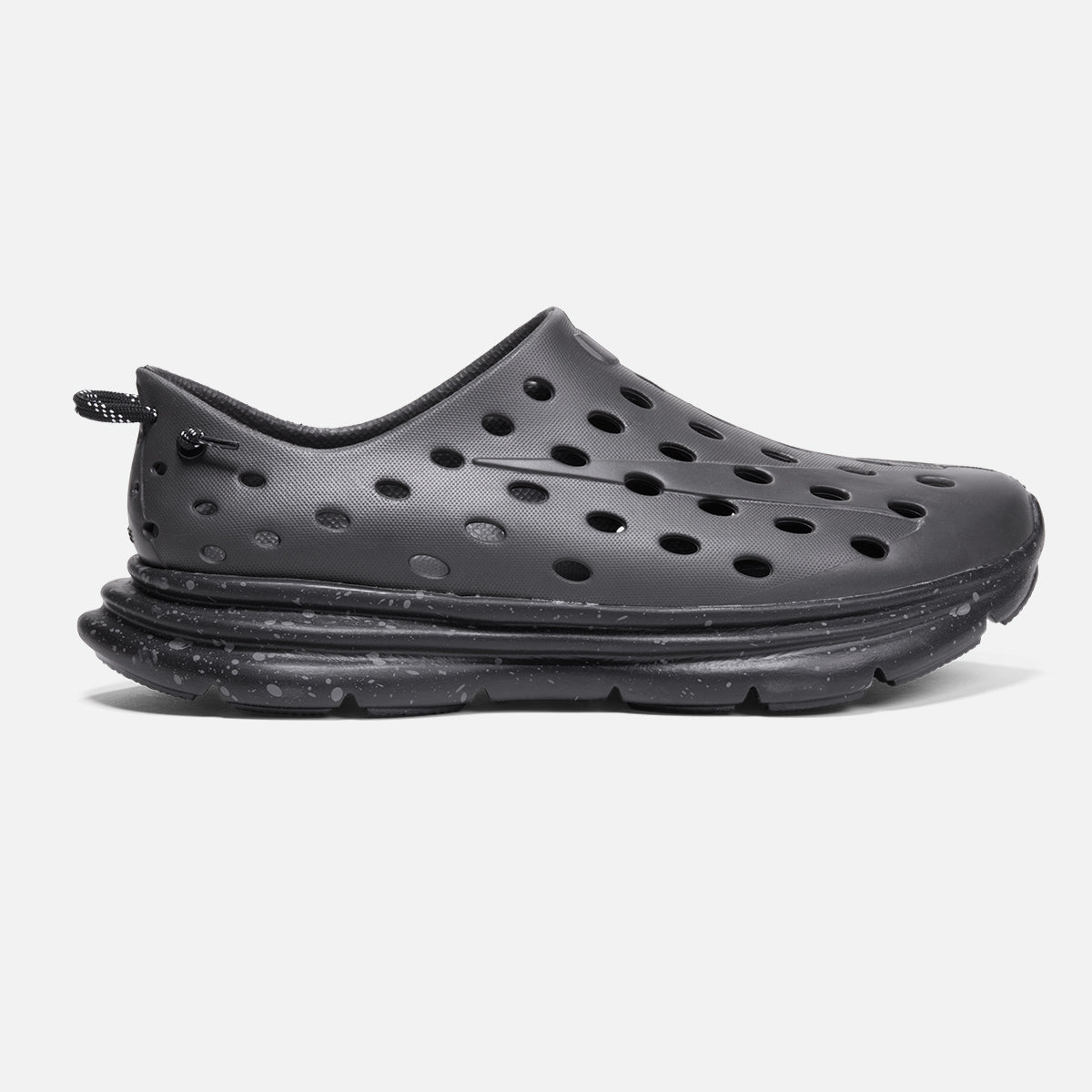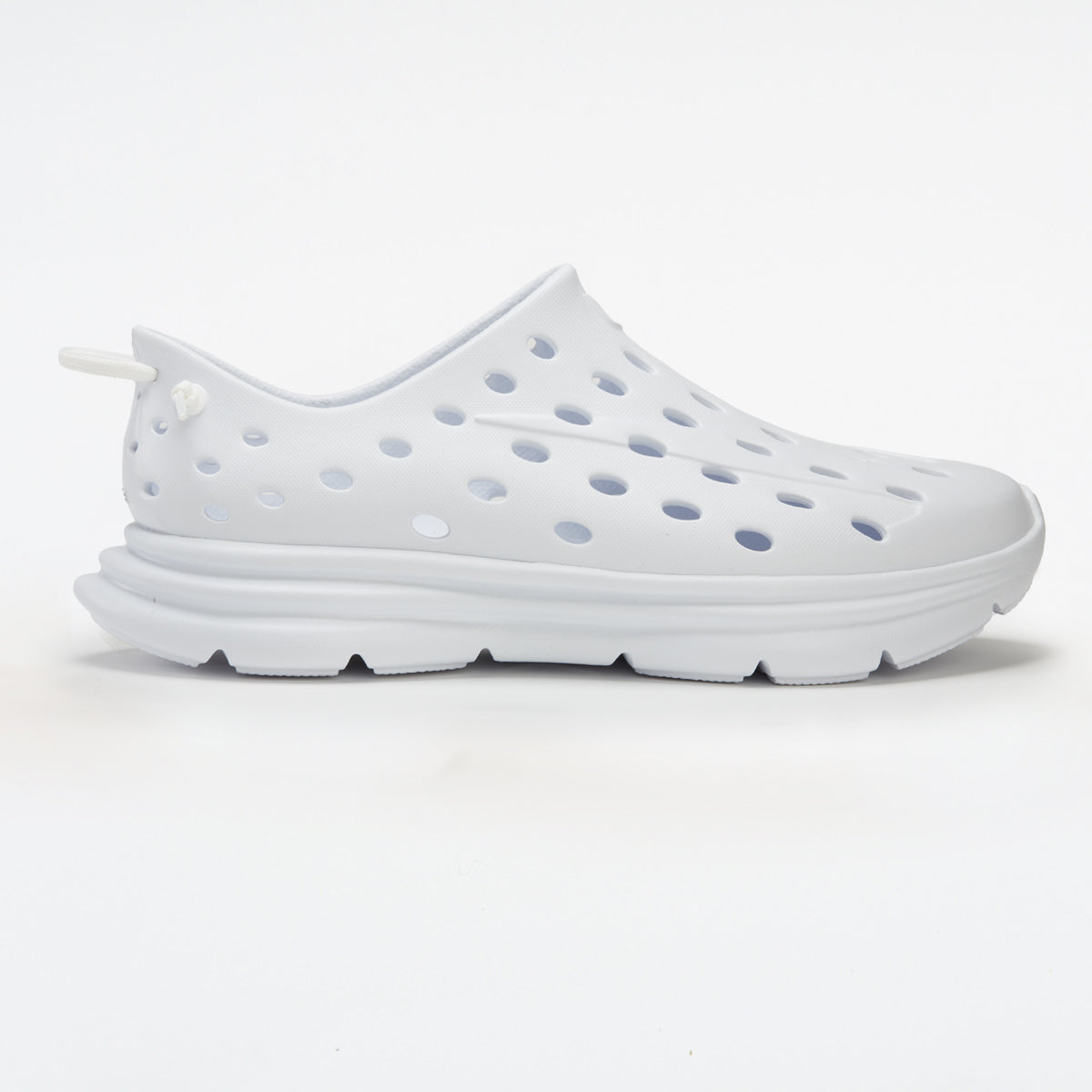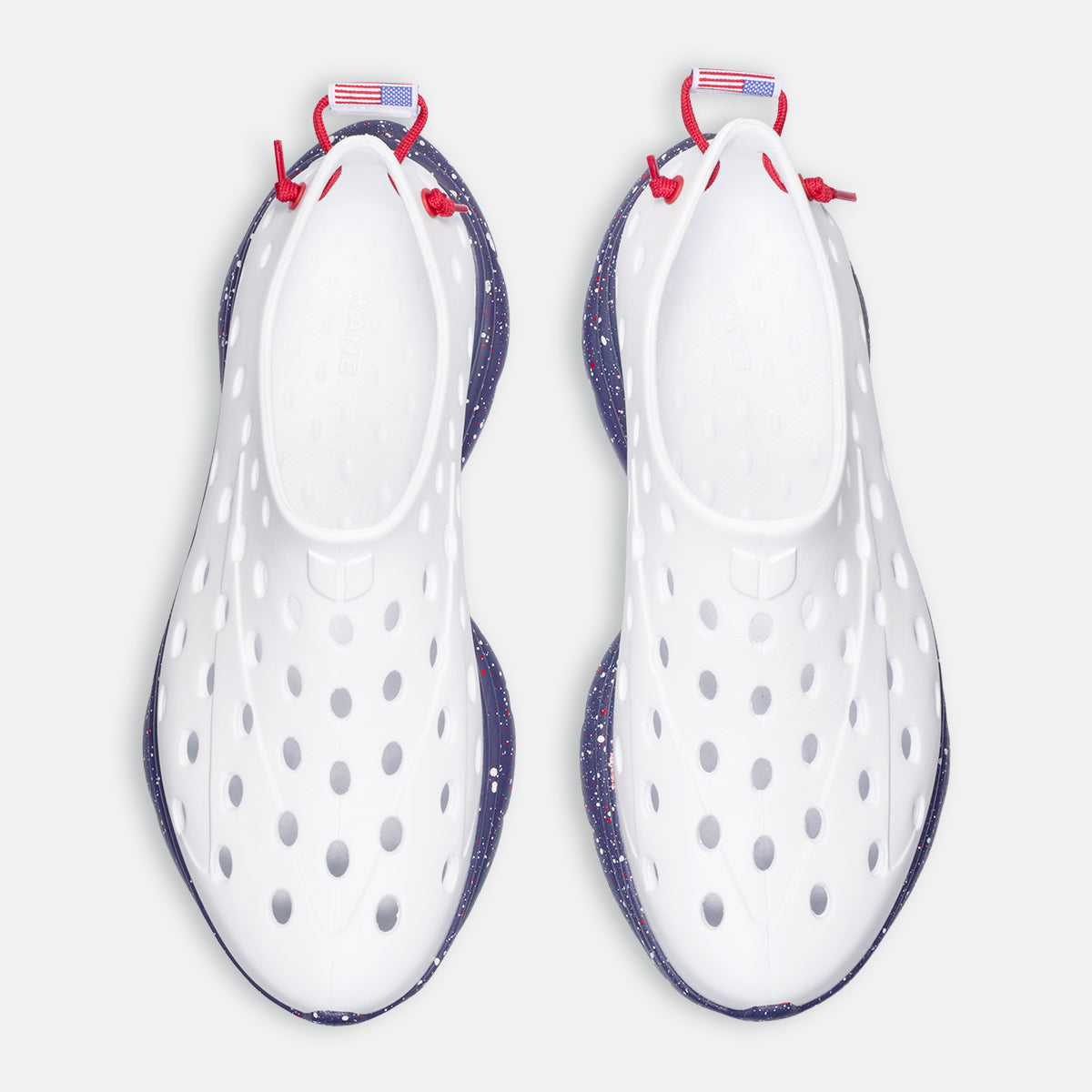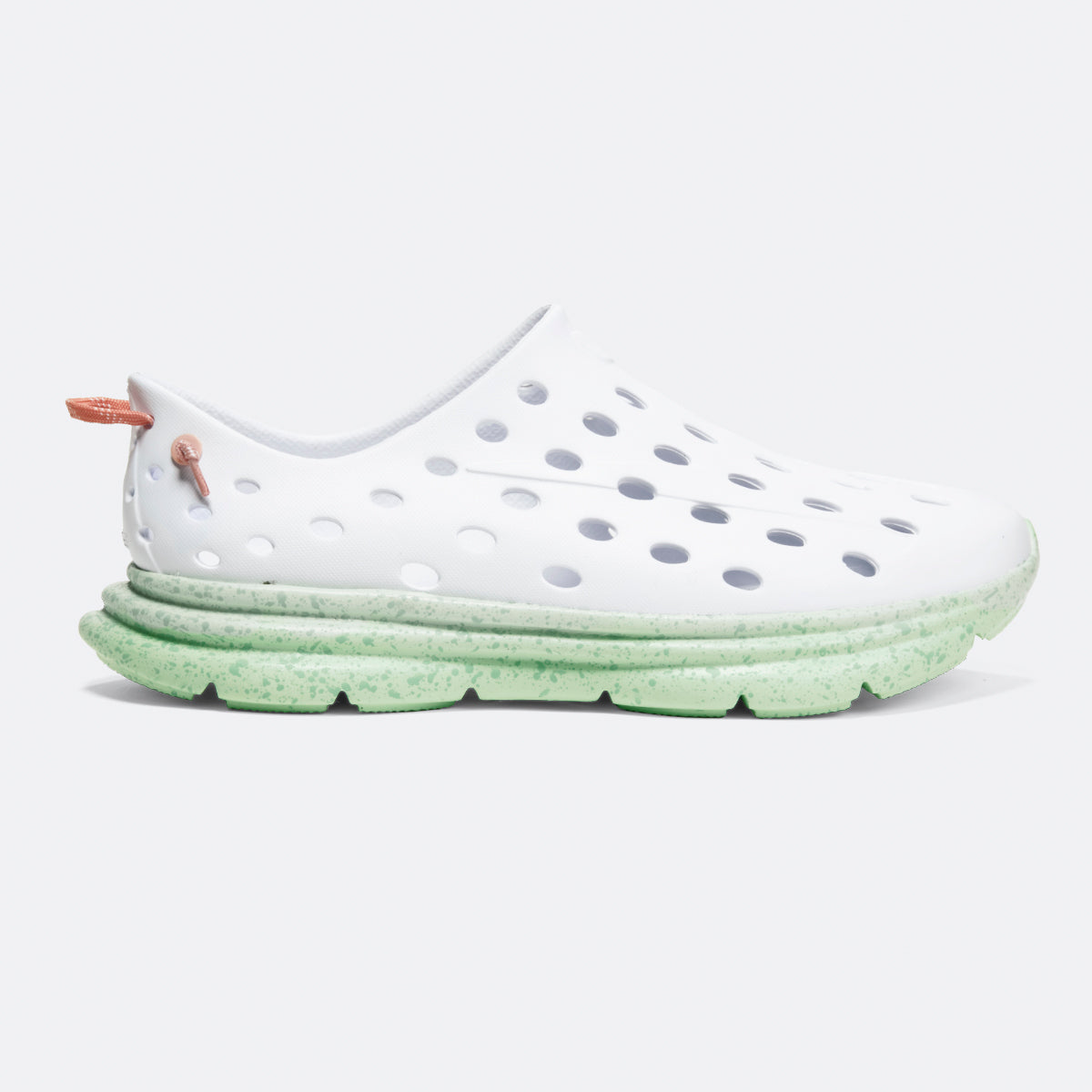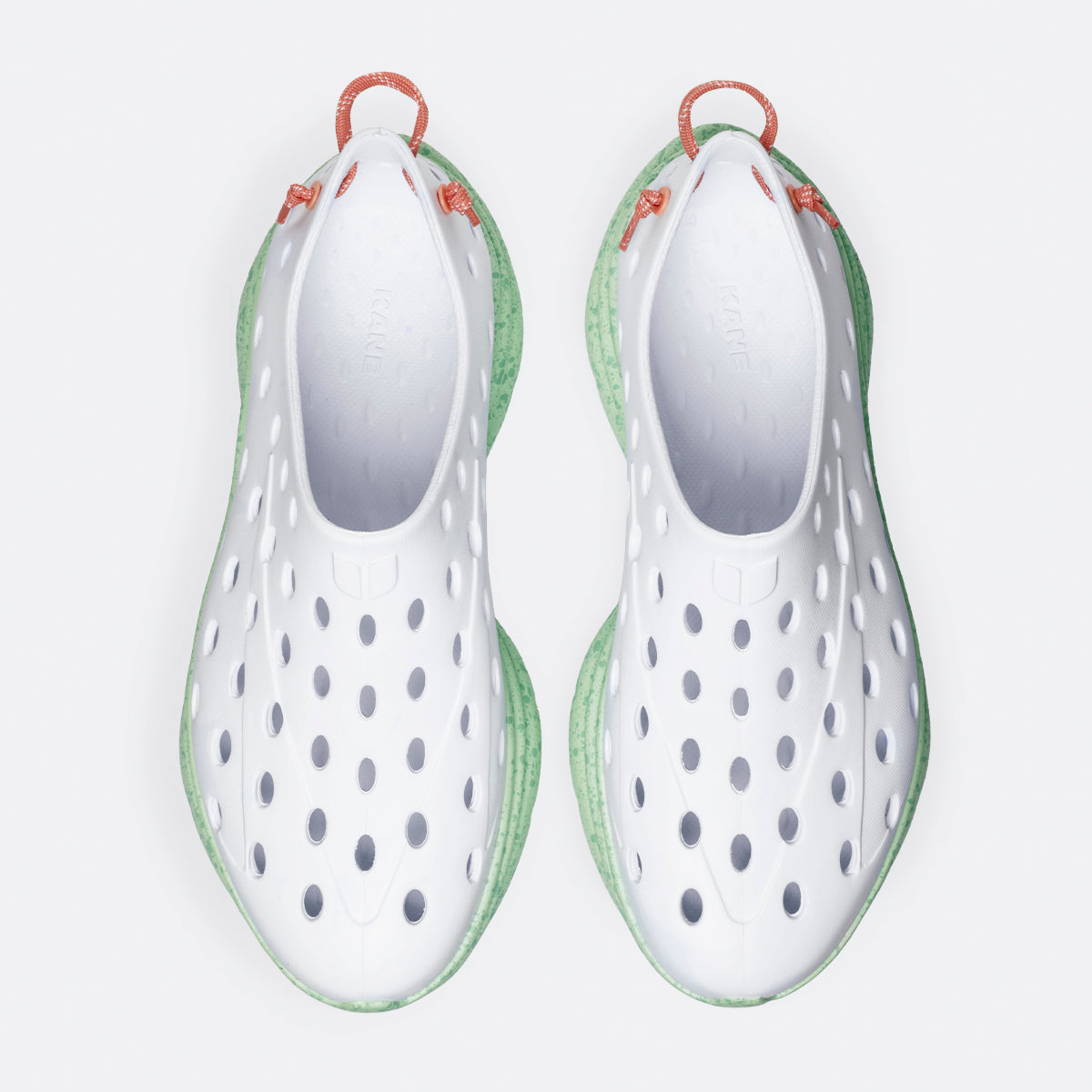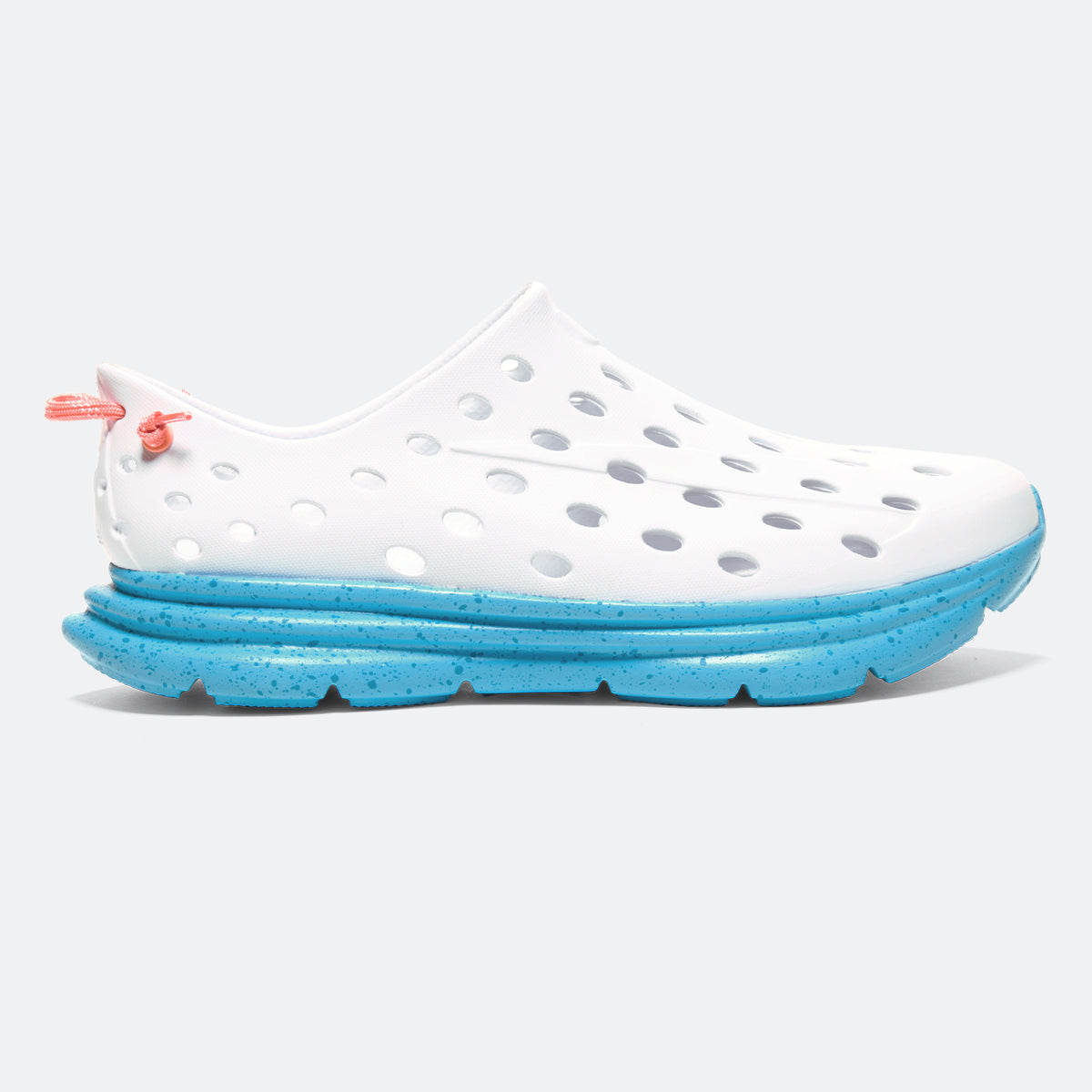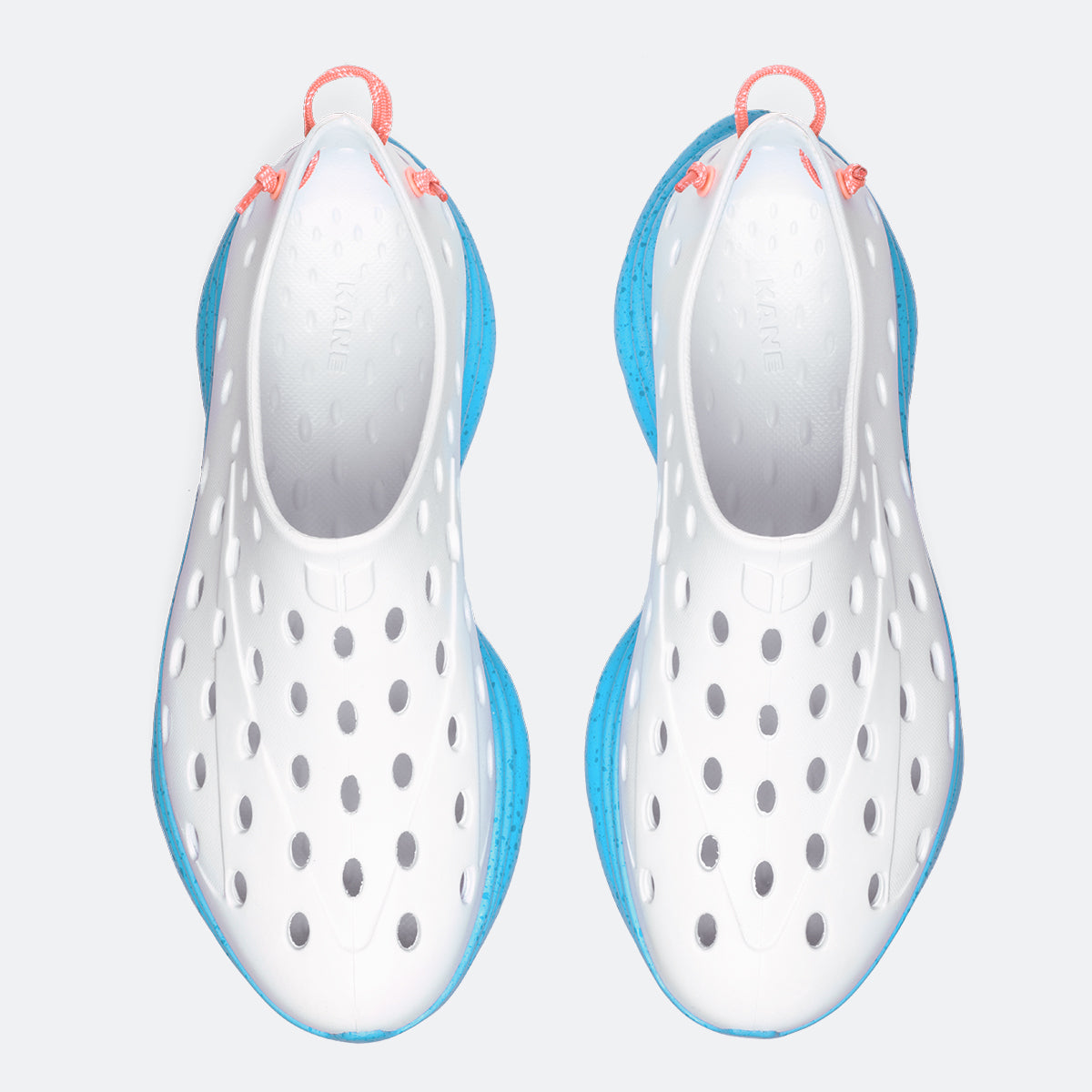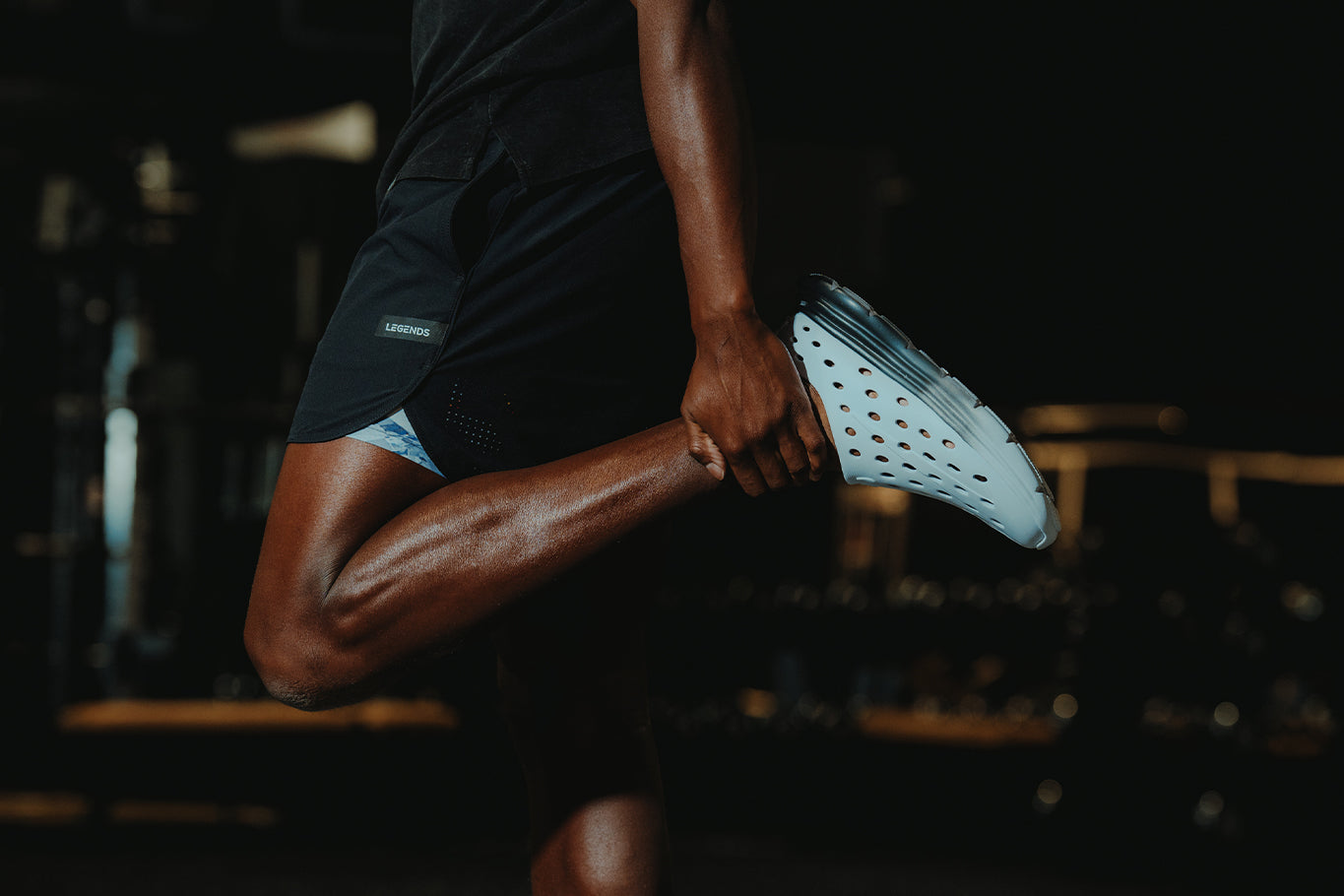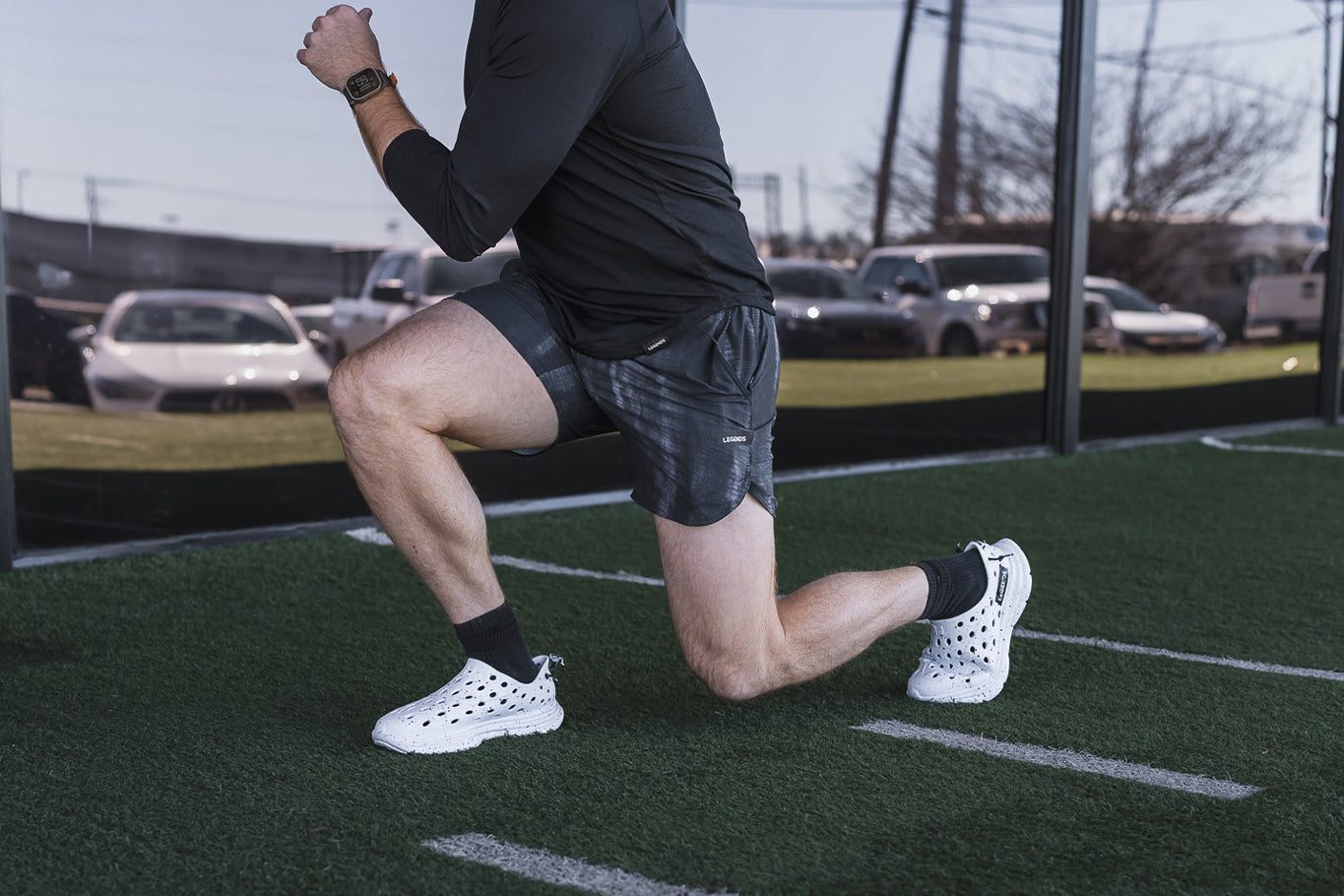You know the feeling: yesterday's leg workout left you feeling accomplished and strong. Today, simply getting out of bed feels like a challenge. What you're experiencing is delayed onset muscle soreness (DOMS), and you're not alone in dealing with this common response to intense lower body training.
Leg day DOMS affects nearly everyone who trains seriously, from beginners to elite athletes. Most active individuals will experience some degree of DOMS at some point after an intense leg workout. The good news? With the right recovery strategies, you can minimize discomfort, accelerate healing, and get back to training sooner.
Understanding leg day DOMS and why it hurts so much
Delayed onset muscle soreness typically begins 12‑24 hours after exercise, peaks around 48‑72 hours, and can last up to a week in severe cases. But what actually causes this muscle soreness?
Contrary to popular belief, lactic acid isn't the primary culprit behind DOMS. While lactic acid accumulates during high‑intensity exercise, it typically clears from your muscles within an hour after your workout.
The real cause of DOMS is microscopic damage to muscle fibers from eccentric muscle contractions—the lengthening phase of movements like lowering into a squat or landing from a jump. Tiny tears form when your leg muscles undergo these contractions during intense leg exercises. These microtears trigger an inflammatory response that can lead to pain, muscle tightness, and temporary weakness.
Leg muscles contract more powerfully and control more body weight than most upper‑body muscles. That’s why leg day typically causes more severe DOMS than other training sessions.
The impact of sore muscles after leg training
Sore muscles from leg day don't just cause physical pain—they can also affect daily activities and future workouts. Movements that didn’t require a second thought before—like walking up stairs or sitting down—can become challenging when experiencing severe workout‑induced leg soreness.
Research shows that DOMS can temporarily reduce muscle strength, range of motion, coordination, and power output.
These limitations can affect your optimal workout frequency and compromise your form during exercise, potentially increasing injury risk. Understanding how to manage and reduce DOMS is essential for maintaining consistent training loads and progress.
Immediate strategies to minimize DOMS post‑workout
What you do immediately after a challenging workout can significantly impact how your body recovers. Implementing the right recovery protocols right after your lifting session can help minimize immediate discomfort.
Start with a proper cool‑down. Spending five to 10 minutes on light exercise helps remove exercise‑induced lactate and prevent blood pooling. This simple step promotes blood lactate clearance and begins the recovery process.
Eating protein (20‑30 g) and carbohydrates (30‑60 g) within an hour of your workout helps your muscles repair and restores your energy. You don't need to rush to eat immediately after training since your body can effectively use these nutrients for several hours afterward. What matters most is getting enough protein and carbohydrates throughout the entire day to support recovery and muscle growth.
Hydration supports blood circulation and helps flush out metabolic waste products. Experts recommend drinking 16‑24 ounces of water for every pound lost during exercise.
Brief periods of cold exposure through ice baths or cold showers may help reduce inflammation after particular exercises that cause significant mechanical stress. However, this approach may blunt long‑term adaptations, so use it strategically.
Day‑after recovery techniques for reducing muscle tightness
The day after leg day is when you'll likely begin feeling the effects of DOMS. Now is the perfect time to implement active recovery interventions to alleviate muscle tightness and accelerate healing.
Active recovery involves low‑intensity movement that increases blood flow to sore muscles without causing additional damage. Performing active recovery interventions could involve:
- A 15‑20 minute brisk walk outdoors
- Light cycling on cardio equipment at 40‑60% of max effort
- Swimming (the buoyancy reduces stress on sore muscles)
- Tai chi or gentle yoga with a focus on mobility
These activities represent a mid‑grade movement intensity that promotes recovery without overtaxing already damaged tissues. Research shows that active recovery can reduce DOMS symptoms by up to 50% compared to complete rest, which is considered passive recovery.
Gentle stretching focused on the affected leg muscles can also provide relief. Perform slow, controlled stretches, holding each position for 20‑30 seconds without bouncing.
Self‑myofascial release using foam rollers or specialized therapeutic equipment can help reduce muscle soreness. Just 10‑15 minutes of foam rolling can significantly reduce DOMS symptoms and improve range of motion.
Discover Kane recovery shoes!
When you’re recovering after leg day, the last thing they need is additional stress from unsupportive footwear. Specialized recovery footwear like Kane Revive is a game‑changer after strenuous physical activity. These supportive shoes are particularly beneficial when dealing with lower‑body DOMS, as they reduce additional stress during daily activities while your muscles heal.
Kane's recovery shoes provide excellent support, comfort, and durability for those in need of recuperative footwear. Featuring an adjustable hook‑and‑loop single‑strap upper, plush TPR footbed, and durable EVA outsole, these kicks have all the right features to assist during your rehabilitation journey and help keep your workout routine on track.
They’re also committed to sustainability as a Certified B Corporation, dedicating 1% of their profits to environmental charities.
When and how to wear Kane Revive
The best moment to wear most recovery shoes is directly after a strenuous activity such as running or weight training. To guarantee maximum comfort and effective recovery, wear your footwear correctly by tying the strap securely for a snug fit around your feet.
Switching to Kane's supportive footwear immediately after your workout gives your muscles the support they need.
Lifestyle factors affecting muscle recovery
Your overall lifestyle significantly impacts recovery from leg day DOMS. Key factors to consider include:
- Sleep: Deep sleep is when your body releases the growth hormone essential for muscle repair. Aim for seven to nine hours after intense leg exercises.
- Stress management: Chronic stress elevates cortisol, interfering with recovery. Mind‑body practices like meditation can help regulate stress hormones.
- Nutrition: To potentially reduce the severity of DOMS, maintain adequate protein intake (about 1.1‑1.5 g/kg bodyweight daily) and consume anti‑inflammatory foods rich in omega‑3s and antioxidants.
- Hydration: Even mild dehydration impairs blood flow to muscles. Monitor urine color (aim for pale yellow) and drink consistently throughout the day.
Progressive training to minimize future onset muscle soreness
While some soreness may be inevitable when pursuing physical fitness goals, strategic training approaches can help reduce extreme soreness while still providing adequate training stimulus.
The concept of minimal effective training dose is key—finding the sweet spot that stimulates adaptation without excessive damage. Research suggests that you don't need debilitating soreness to make progress.
Consider these strategies for your next leg workout:
- Implement proper progression: Gradually increase intensity (five to 10% per week)
- Utilize the repeated bout effect: Regular training with consistent movements reduces soreness
- Incorporate varied rep ranges: Mix heavy strength work (3‑5 reps), moderate hypertrophy training (8‑12 reps), and lighter endurance work (15‑20 reps)
- Prioritize eccentric control: Slower, more controlled lowering phases build resilience
- Plan strategic deloads: Reduce volume by 40‑50% every four to six weeks
These approaches help your body adapt to training loads more effectively, resulting in less severe DOMS while making consistent progress toward better muscle function.
When to be concerned about muscle soreness
Muscle soreness may be a normal response to challenging workouts, but some signs may indicate something beyond typical DOMS.
Normal DOMS is characterized by:
- Symmetrical soreness (both legs equally affected)
- Dull, aching pain that improves with gentle movement
- Gradual onset, typically peaking 24‑72 hours post‑exercise
- Progressive improvement each day
Warning signs that warrant medical attention include:
- Sharp, sudden, or stabbing pain
- Severe swelling or discoloration
- Muscle weakness that worsens rather than improves
- Pain that persists without improvement for more than seven days
The recovery timeline for normal DOMS follows a predictable pattern of gradual improvement. While cellular and metabolic changes continue behind the scenes, you should notice decreased pain each day.
Frequently asked questions
Should I do leg day with DOMS?
When you have mild soreness, you can still work out but should warm up longer and reduce your weights by 10‑15%. If the soreness is moderate, take an active recovery day or focus on different muscle groups. When soreness is severe, skip your regular workout and do light movement for recovery.
The most important thing is learning to tell the difference between normal muscle discomfort and actual pain that changes how you move, as the former could signal an injury.
Why is two days after leg day the worst?
The inflammatory process peaks 48‑72 hours after exercise:
- Hours 0‑24: Initial damage occurs with minimal inflammation
- Hours 24‑48: Inflammatory response intensifies
- Hours 48‑72: Peak inflammation causes maximum soreness
This explains why you might feel relatively good immediately after your workout and the next day, only to be blindsided by intense soreness on day two.
How to get rid of DOMS in legs?
Accelerate recovery with these strategies:
- Active recovery (light movement) to increase blood flow
- Massage therapy or foam rolling
- Contrast therapy (alternating cold/heat)
- Compression garments
- Protein‑rich nutrition and proper hydration
- Quality sleep
- Anti‑inflammatory foods
Combining multiple approaches works best for managing DOMS discomfort.
Is DOMS good for muscle growth?
DOMS is not necessary for muscle growth. Research shows you can build muscle with minimal soreness, and excessive soreness may actually impair training consistency. Focus on progressive overload through increasing weights, reps, or movement quality—not on maximizing soreness.
No content on this site should ever be used as a substitute for direct medical advice from your doctor or other qualified clinicians.


